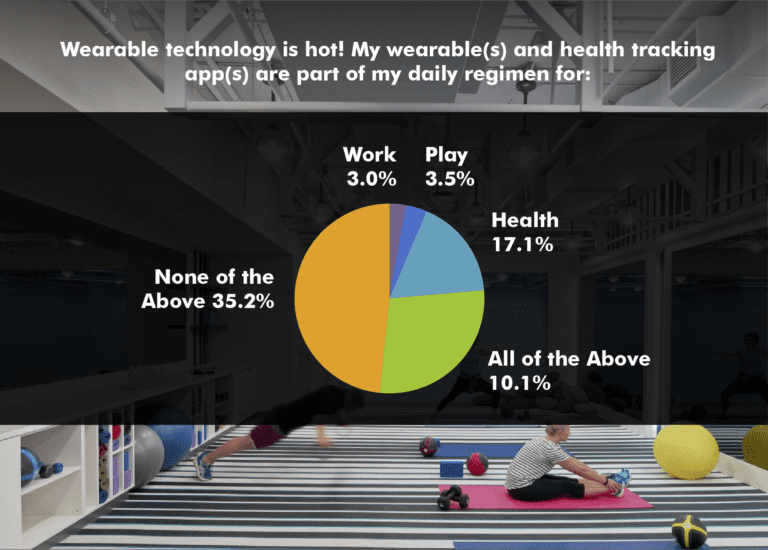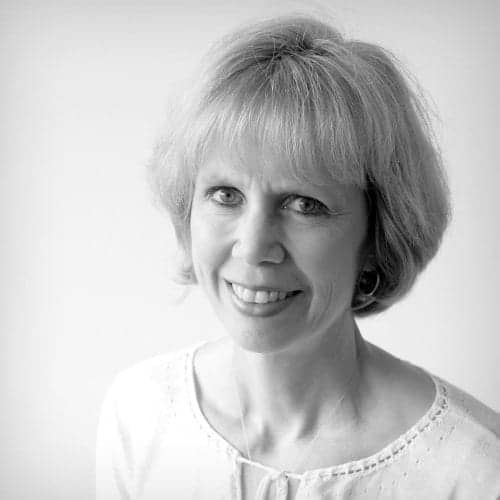More...
By Carol Doering, IIDA, CHID | Account Manager
January 24, 2017
THE HEALTHCARE INDUSTRY TAKES CUES FROM THE TECHNOLOGY SECTOR TO EXTEND ITS REACH AND ACCESS.
Functioning in a mobile world is what we do. We are agile people, multitasking our way through the day: coffee on the run ordered on a smart phone, answering emails on the bus, conferencing in one meeting while in transit to another. Where is your desk? Anywhere and everywhere. Our ability to respond to the world around us directly correlates to our resilience within a changing landscape at work and at home.
Healthcare is also adapting. The pharmacists at your local Walgreens can administer flu shots, check your blood pressure, and address ordinary ills. A smart phone can help doctors evaluate a child’s fever instead of dragging the cranky child out into inclement weather for an exam. Your aging mother wears a monitor that keeps her physician apprised of her real-time health status. If researchers prevail, the infamous Star Trek tricorder—a general purpose techno-tool to collect and evaluate information about our bodies, and assist in the diagnosis of disease and conditions—will become another tool in the doctor’s medical bag.
TECHNOLOGY IN HEALTHCARE
The Rogers Research Group at the University of Illinois Urbana-Champaign has recently developed a wearable patch that could replace traditional monitors. Made of stretchable silicon thinner than half-a-width of human hair, these patches contain tiny electronics that connect to smart phones. This kind of stretchable technology, currently resembling something like a band-aid, may be the future of noninvasive monitoring. The Rogers Research Group is also developing an LED device that can be placed under the scalp to study brain circuits, potentially leading to improved understanding of the brain and some psychiatric disorders.
These R&D developments are being embraced nationwide, and a new healthcare technology building in Denver, Catalyst HTI, is creating a hub for healthcare innovation startups. Catalyst’s founder envisions an environment where entrepreneurs can work on these innovative products with one another. Here, one of the nation’s leading healthcare providers is establishing a cutting edge clinic—not only for its members but for the general public—and it doesn’t have a waiting room. Instead, IA has reimagined a welcome area more like a coffee shop or juice bar. You can sit and talk to a nurse practitioner or provider, watch educational videos, and learn more about your health. We’re furnishing it with high-top tables and chairs, a serve-yourself coffee area, and a viewing monitor. The clinic aims to serve the local population with extended, convenient hours that are especially accessible to a new working generation demographic.
The plan for the clinic is also unique. In addition to standard exam rooms, IA has designed an innovation lab (approximately 45 percent of the clinic’s square footage) for integrated clinic exams, which comprise approximately 45 percent of the clinic’s square footage. This dedicated discovery lab is available to entrepreneurs in the building and provides potential for new technology to be piloted within its innovation environment. Such advances are strong indicators that healthcare is following in the footsteps of the technology sector.
SUPPORTING TECHNOLOGY
Strides in medical information technology infrastructure connects physicians, institutions, and pharmacies to each of us, realizing the goal of a medical “home” digitally. Much like we connect with our clients daily through voice and image correspondence, the healthcare field is moving in that direction. Telehealth provides new care opportunities, especially for those in rural or underserved communities, to connect with and receive the attention of medical professionals outside their immediate area. For example, a doctor seeing a patient in a rural clinic can now video conference with a specialist elsewhere, providing both the patient and primary physician with greater autonomy over diagnostic options before treatment or possible helicoptering to a more advanced medical facility. We’re starting to see this a lot in operating rooms as well, where surgeons or specialists may not be able to join the procedure physically but can participate electronically. Quality of care no longer needs to be defined by access.
In the built environment, these new opportunities require much more data and power for both acute and ambulatory care settings, and where infection prevention is still paramount, wires cannot be exposed. We must design spaces that simultaneously support infrastructure, architecture, equipment, and purpose. “This is a fascinating time for the world of healthcare and healthcare design,” says Emily Sinclair, a senior project manager and healthcare design specialist in IA’s Denver office. “The opportunity to access this technology—to make your life better—that experience as a patient, and as a designer, is very unique.”
Where can we connect and how can we work? When do we receive our medical care? Apparently the answer is almost anywhere and whenever it is convenient.
Like What You See?
See what is changing in the healthcare design scene in 2018. Click below to read "Healthcare in 2018: The Consumer-Driven Patient."
The healthcare industry takes cues from the technology sector to extend its reach and access.





